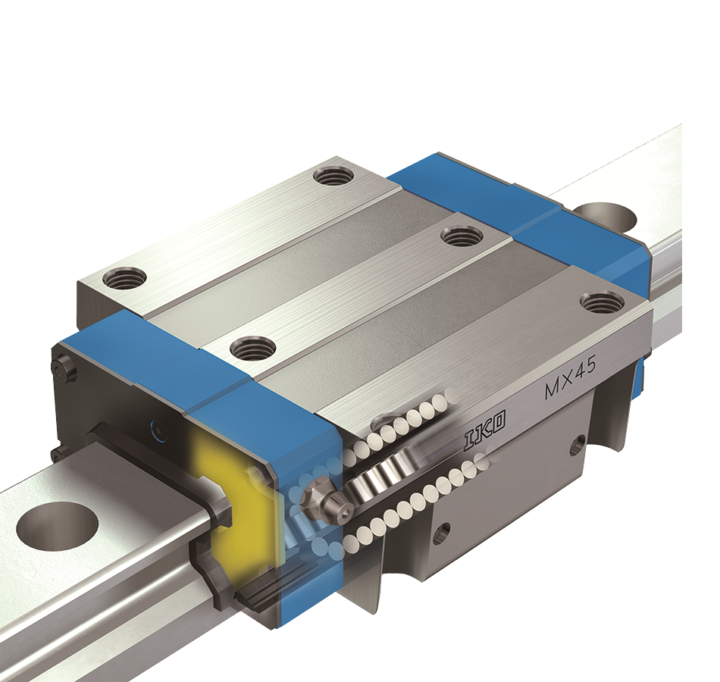Increasingly advanced surgical robot procedures are presenting system designers with complex motion challenges that must be overcome in order to ensure the best system performance and patient outcomes. For example, a single surgical procedure can involve multiple robotic arms and rotating mechanisms which must move in sync with each other. When specifying bearings that realize the translation of these robotic appendages, you can’t afford to skimp on precision and performance.
With surgical success and patient safety riding on your translating bearings, it’s important to consider these key characteristics during the specification process:
- High precision. Linear guides must perform precise and controlled movements in order to be sure arms and instruments do not collide as well as to prevent unintended contact with organs or tissues. Eliminating these risks makes positioning accuracy critical for linear guides used in robotic arms.
- Smooth motion. While many guides can move from point to point quickly, not all can do so smoothly. That’s unacceptable in surgical robots where smoothness counts more than speed. Look for linear guides that have a low, uniform sliding resistance over their travel distance.
- Repeatability. Surgical robot manufacturers need to know the linear guide delivers the same accurate movement for an identical surgical procedure elsewhere.
- Good load capacity. Small size is desirable for linear guides in surgical robots, and some compact linear guides have greater load capacities than other like-sized units. An ideal guide will be compact relative to the load it must carry.
- Clean materials. For any medical application, and especially those in a surgical environment, it’s critical to use high-quality steel that resists corrosion and stands up to cleaning solutions.
- Custom sizes. Correctly sized linear guides ensure accurate arm motion and low friction. Look for a linear guide manufacturer with a large range of sizes and the ability to custom-cut a unit to meet the translation piece’s size requirements.
- Maintenance-free. Daily maintenance in an operating theater is undesirable, and lubricating greases can introduce contaminants into surgical equipment, requiring tight control.
IKO Linear Guides Designed for Surgical Robots
Designers of surgical robot arms requiring linear translation can find these characteristics in IKO linear motion rolling guides. Designed to deliver smooth motion with high accuracy and a long lifetime, the linear guides come in a wide range of sizes — down to 1-millimeter widths — to suit most any space or load requirement in surgical robot arms. If a standard unit does not quite fit your needs, we can tailor-make an ideal unit to, for example, achieve a desired length or adhere to specific patient contact requirements.
Two maintenance-free linear guide designs are especially suitable for surgical equipment. Those with a recirculating ball-type design — such as our ML Series with standard stainless steel construction — ensure precise motion, with exceptional rigidity and quiet operation in a small, lightweight unit. Roller-type linear motion guides like our MX Series feature four rows of cylindrical rollers inside a highly rigid carriage to achieve higher load capacities and high accuracy.
In addition to high accuracy, a rigid carriage is also capable of supporting higher loads if required. Since roller-type guides can handle higher loads, designers can go down a size or two — an attractive consideration in space-constrained robotic arms. Both the ML and the MX Series feature IKO’s C-Lube maintenance-free self-lubricating technology. IKO sales engineers can help you determine the best linear motion rolling guide for your surgical translation application.
For more information, download our white paper.



